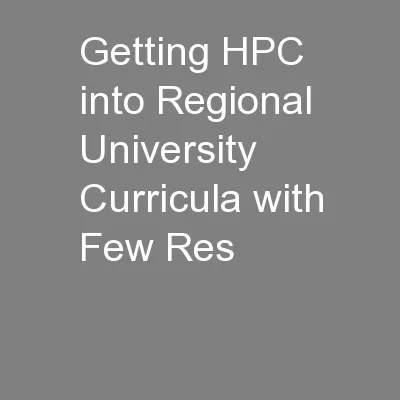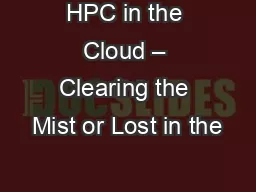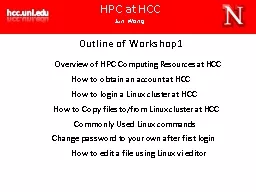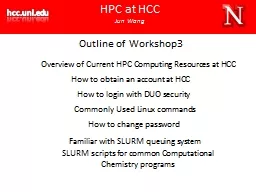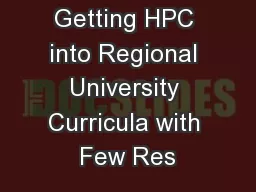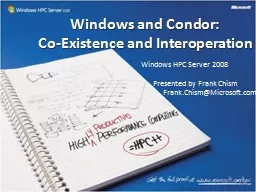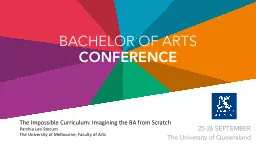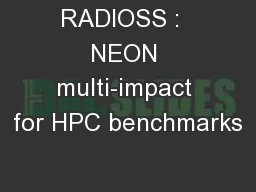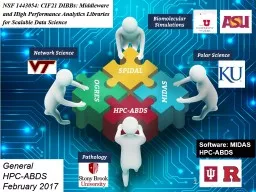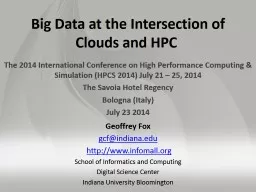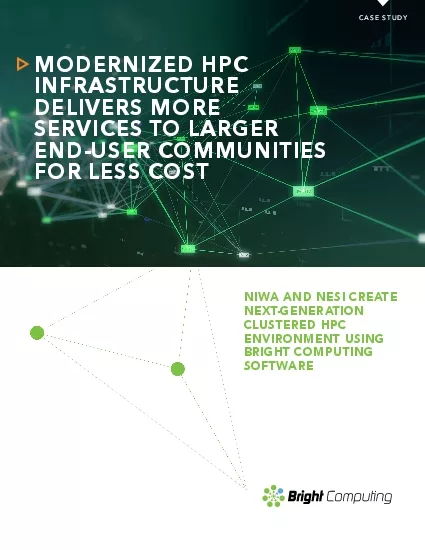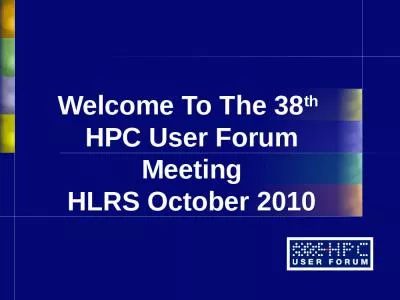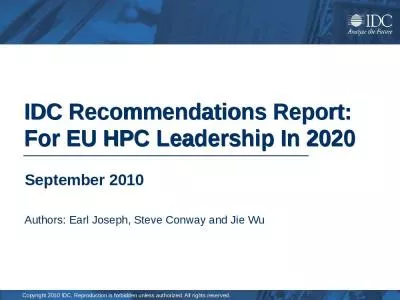PPT-Getting HPC into Regional University Curricula with Few Res
Author : olivia-moreira | Published Date : 2016-08-06
Karl Frinkle Mike Morris Getting HPC into Regional University Curricula with Few Resources Karl Frinkle Mike Morris Doing big things with little Some of our
Presentation Embed Code
Download Presentation
Download Presentation The PPT/PDF document "Getting HPC into Regional University Cur..." is the property of its rightful owner. Permission is granted to download and print the materials on this website for personal, non-commercial use only, and to display it on your personal computer provided you do not modify the materials and that you retain all copyright notices contained in the materials. By downloading content from our website, you accept the terms of this agreement.
Getting HPC into Regional University Curricula with Few Res: Transcript
Download Rules Of Document
"Getting HPC into Regional University Curricula with Few Res"The content belongs to its owner. You may download and print it for personal use, without modification, and keep all copyright notices. By downloading, you agree to these terms.
Related Documents

